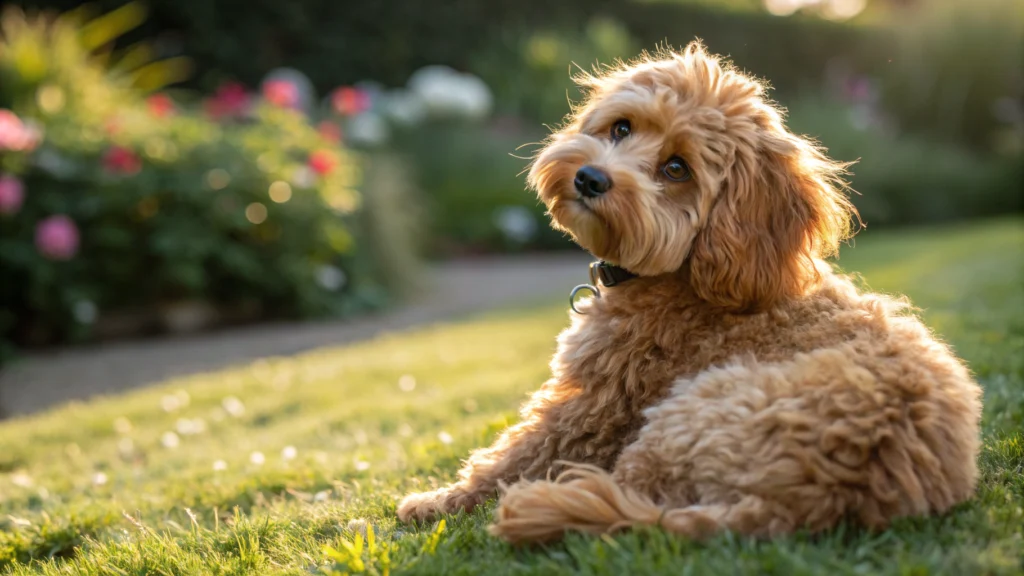
sable german shepherd
Hey there, fellow dog lover! Let me set the scene for you. Picture this: I’m at the dog park, my own furry shadow, Baron, is trotting faithfully beside me. A woman stops, her eyes wide with a mix of awe and curiosity. “What kind of dog is that?” she asks. “He’s magnificent! I’ve never seen a German Shepherd with that wild, wolfy color before!”
Sound familiar? If you’ve ever found yourself mesmerized by a German Shepherd that looks like they’ve just stepped out of a forest, with a coat that seems to shimmer with shades of silver, gold, and charcoal all at once, then you, my friend, have likely had your first encounter with a sable german shepherd dog.
Oh, the German Shepherd! Just saying the name probably makes you think of a loyal, whip-smart, and stunningly beautiful dog. But a Sable? That’s like the main character energy of the German Shepherd world. It’s not just their looks that will steal your heart; there’s something truly magical about their heritage, their big personalities, and the sheer, tail-wagging joy they bring to their humans.
So, grab a treat for your own pup, get comfy, and let’s dive nose-first into the wonderful world of the Sable German Shepherd. I promise, by the end, you’ll be as smitten as I am.
Understanding the Sable Coat
What is a Sable German Shepherd?
Okay, let’s get up close and personal with that gorgeous fur. Imagine running your hands through the coat of a German Shepherd and noticing that each individual hair isn’t just one flat color. Instead, it’s a tiny masterpiece of light and dark bands! That, right there, is the secret sauce of a Sable German Shepherd.
Unlike the more common solid black and tan or bi-color coats, a sable coat is all about those gorgeous black-tipped hairs, which give the dog a frosted, grizzled, and totally dynamic look. This incredible banding creates a multi-tonal effect that can range from a light, silvery-sable (like morning mist) to a deep, dramatic dark sable, and sometimes even a warm, reddish-gold in the right light. It’s a natural, built-in camouflage that harks back to their wolfy ancestors, and let me tell you, it is utterly captivating.
How is the sable coat color inherited in German Shepherds?
Time for a little fun genetics lesson—don’t worry, I’ll keep it simple! The sable coat color, which our nerdy friends sometimes call “agouti,” is actually a dominant gene over most other German Shepherd coat colors, like the classic black and tan, bi-color, and solid black. In doggy DNA terms, that means a puppy only needs to get one copy of the sable gene from either mom or dad to rock that stunning sable look.
Think of it like this: if one parent is a sable and passes on that “sable” instruction manual, even if the other parent is a black and tan, the puppy has a fantastic shot at being a sable. If both parents are sable, you’re pretty much guaranteed a whole litter of little sable lookers, though they might still carry the secret code for other colors. It’s this amazing genetic dance that makes breeding so fascinating and gives us such a beautiful rainbow of coats in this breed. “
The sable gene is a powerful one in German Shepherds,” explains my friend Dr. Lisa M. G. Clark, a canine geneticist, “and it’s responsible for that stunning depth of color we see in so many true working lines.”
Are all sable German Shepherds the same color, or are there variations?
Oh, heavens no! This is one of my favorite things about sable German Shepherds. While the genetic recipe is the same, the final dish can look completely different! Each sable dog is a unique work of art. You’ll typically see a few main flavors:
- Light Sables (or Silver Sables): These pups have a lighter base coat, often a beautiful silvery-grey or soft fawn, with delicate black tipping. They have this almost ethereal, magical glow about them.
- Red Sables: For these fiery beauties, the base color leans into a rich reddish-brown or golden honey hue. The black tips add incredible depth and a warm, fiery shimmer.
- Dark Sables: These are the real show-stoppers. They have a much heavier dusting of black tipping over a darker base, sometimes making them appear almost completely black from a distance. But get up close, and you’ll see all those gorgeous lighter undercoat shades peeking through!
The amount of black, the base color, and even how much sun they get can change how their coat looks over time. A sable puppy often starts life looking like a little dark storm cloud and then lightens up or changes color as they grow, revealing breathtaking patterns and contrasts in their adult coat. It’s like unwrapping a present every single day!
What’s the difference between a sable German Shepherd and other coat colors?
The big difference boils down to one thing: the banded hair shaft. Let’s break it down:
- Sable German Shepherd: Individual hairs are like little zebra stripes, with bands of different colors (lighter at the base, black at the tip). This creates that grizzled, multi-tonal effect. No two hairs are exactly alike!
- Black and Tan German Shepherd: These guys have solid, distinct patches of color. The black is solid black, and the tan is solid tan. The line between them is usually very clear.
- Bi-color German Shepherd: Similar to black and tan, but with way more black, often covering most of the body except for some lovely tan points on the legs and chest. Again, each hair is a solid color.
- Solid Black German Shepherd: Pretty self-explanatory! Every single hair on this pup is a solid, sleek black.
- Solid White German Shepherd (American/Canadian White Shepherd): These beauties have a solid white coat. While they share family ties with German Shepherds, some kennel clubs consider them a separate breed.
The sable coat just has a depth and a “wow” factor that the others can’t quite match. It gives them that ancient, wild, and utterly noble appearance.
Is the sable color rare or common?
This is where it gets really interesting! In the world of working line German Shepherds—you know, the ones bred for Schutzhund, police work, or military roles—the sable coat is actually super common and often the coat of choice. Many breeders in this circle feel that the sable gene often comes as a package deal with the top-tier traits they want in a working dog. “You’ll find a high prevalence of sables in top working dog kennels,” notes Sarah Jenkins, a fantastic German Shepherd breeder who focuses on performance. “It’s a combination of genetics and a long history of selecting for those incredible working drives.”
Now, over in the show ring in some places, especially in American Kennel Club (AKC) show lines, the black and tan coats have historically been the star of the show. This doesn’t make sable rare in the grand scheme of the breed, but it might mean you see fewer of them at a typical conformation show compared to a working dog trial. They’re certainly not as uncommon as a solid blue or liver German Shepherd, which are considered disqualifying colors in the show ring. So, to sum up: super common in working circles, a bit less common in some show circles, but always, always a head-turner.
Characteristics & Temperament
Do Sable German Shepherds have different temperaments than other German Shepherds?
This is a brilliant question that gets dog people chatting! The short and sweet answer is: nope, not because of their coat. A German Shepherd’s heart and mind are the same, whether they’re wearing a sable coat, a black and tan tuxedo, or a solid black suit. Their core breed traits—that legendary intelligence, fierce loyalty, courageous spirit, and strong protective instinct—are written into their DNA, not their fur.
But (and this is a big, important “but”), there’s a little nuance here. As we’ve chatted about, sables are the rockstars of the working lines. Breeders who focus on working lines are all about prioritizing things like high drive, solid nerves, brilliant problem-solving skills, and a relentless will to work. So, a sable German Shepherd from an amazing working line breeder might come with a bit more “get up and go,” a stronger guardian instinct, and a more intense need for a job compared to a German Shepherd from a show line that’s bred for a calmer, more laid-back demeanor.
The key takeaway? This difference comes from their lineage and breeding purpose, not the color of their fluff. “Focus on the parents’ temperament and the breeder’s philosophy, not just the coat color,” advises my go-to certified professional dog trainer, Mark Thompson. “A well-bred sable will have the same stellar temperament as a well-bred black and tan.”
Are Sable German Shepherds considered “working line” or “show line”?
While you can absolutely find sable German Shepherds in both camps, they have a serious fan base in the working line community. This is mostly thanks to genetics and what working dog folks have historically preferred.
- Working Line Sables: These dogs are bred for brains and brawn. The focus is on performance, drive, and rock-solid health for jobs like protection sports (Schutzhund/IGP), police work, and search and rescue. They often have a straighter, more athletic build, energy for days, and an intense “look at me, let’s work!” focus. Their sable coats are a perfect match for their rugged, no-nonsense vibe.
- Show Line Sables: While you might see fewer of them than black and tans in some show rings, sable German Shepherds from show lines are bred to fit a specific “blueprint” for appearance and movement. They might have a more angled topline and a drive that’s a tad less intense than their working cousins, but a good one should still have a wonderful, stable temperament.
So, while not exclusively working line, if you meet a sable German Shepherd, there’s a pretty good chance their family tree is rooted in working stock. It’s always a great idea to ask a breeder all about their breeding goals and the stories behind their dogs.
What are the typical physical characteristics of a Sable German Shepherd?
Beyond that show-stopping coat, Sable German Shepherds are the poster pups for the breed’s iconic look:
- Size: They’re a solid, medium to large breed. Males usually stand tall at 24-26 inches (60-65 cm) at the shoulder and weigh a sturdy 65-90 pounds (29-40 kg). Females are a bit more petite, at 22-24 inches (55-60 cm) and 50-70 pounds (22-32 kg).
- Build: They’re all muscle, strength, and agile grace. Working line sables often have a more upright, powerful posture with less extreme angulation in the back end than some show lines.
- Head: It’s noble and perfectly in proportion, with a strong, handsome muzzle.
- Ears: Those iconic erect, pointy ears are open at the front and stand at attention when something catches their interest.
- Eyes: Almond-shaped, brilliantly intelligent, and full of life, usually in a deep, soulful brown.
- Tail: Bushy and carried in a gentle, sabre-like curve when they’re relaxed—never curled up over their back.
- Coat Texture: It’s a double-coat, built for business! A dense, harsh outer coat protects them, while a soft, thick undercoat keeps them cozy in all weather.
Their whole look just screams strength, smarts, and athleticism—everything you’d want in a partner for work or adventure.
Do Sable German Shepherds have any unique personality traits?
Again, pinning a specific personality just to a coat color isn’t the way to go. But! Because so many sables hail from working lines, they often come with a set of traits that are an absolute dream for active folks or families:
- Off-the-Charts Intelligence: German Shepherds, and working lines in particular, are scarily smart and live to learn. They need their brains worked as much as their bodies!
- A+ Work Ethic: They are happiest when they have a job to do. It could be advanced obedience, agility, or just a serious game of “go find it!” A bored GSD is a mischievous GSD.
- Heart-Melting Loyalty & Protectiveness: They form bonds so deep with their families that they’d move mountains for them. That natural instinct to guard their home and people is strong, so early socialization is key to making sure it’s channeled in a positive way.
- Confidence & Courage: A well-bred sable German Shepherd walks through the world with self-assurance and bravery, meeting new experiences with curiosity, not fear.
- Energy & Stamina for Days: They need a lot of exercise and engagement. Let’s be real, they are not the type to binge-watch Netflix with you all day (unless they’ve just had a 10-mile hike!).
A Sable German Shepherd’s personality is a beautiful blend of their genetics (thanks, mom and dad!), their early life experiences, and the training and love you pour into them. With the right guidance, they blossom into the most incredible, well-rounded companions.
Health & Care
Are Sable German Shepherds prone to any specific health issues?
The great news is that being sable doesn’t come with its own special set of health problems. They share the same potential health concerns as every other German Shepherd. The best breeders are warriors against these issues, using genetic testing and super careful breeding to keep their lines healthy. The main things to be aware of in the breed are:
- Hip and Elbow Dysplasia: This is a hereditary thing where the joints don’t form quite right, which can lead to arthritis and pain. It’s so important for breeders to have their breeding dogs’ hips and elbows screened by organizations like the Orthopedic Foundation for Animals (OFA) or PennHIP.
- Degenerative Myelopathy (DM): A progressive disease of the spinal cord, a bit like ALS in humans. There’s a genetic test for it, but it’s an “at-risk” gene, meaning not every dog with the gene will get sick.
- Bloat (Gastric Dilatation-Volvulus – GDV): This is a true emergency where the stomach flips. It’s scary stuff. Feeding several small meals a day and avoiding crazy exercise right after eating can help reduce the risk.
- Exocrine Pancreatic Insufficiency (EPI): A condition where the pancreas doesn’t make enough digestive enzymes, so they can’t properly absorb nutrients.
- Allergies: Yep, German Shepherds can be prone to itchy skin from environmental or food allergies.
A truly responsible breeder will talk your ear off about these concerns and proudly show you the health clearances for their dogs. “Never hesitate to ask for health certifications,” my vet, Dr. Anna Schmidt, who specializes in big breeds, always says. “It’s the single best thing you can do to stack the deck in favor of a healthy puppy.”
What is the average lifespan of a Sable German Shepherd?
You can expect to have your wonderful, furry best friend by your side for about 9 to 13 years. Of course, this is just an average. Some dogs, blessed with great genes and incredible care, live longer, while others may have shorter lives. Giving them top-notch food, regular vet check-ups, the right amount of exercise, and a whole lot of love are the best ways to help your sable sidekick live a long, vibrant, and happy life.
Do they require special grooming due to their coat?
Good question! Their gorgeous coat doesn’t need any extra special treatment. A Sable German Shepherd has the same grooming needs as any other German Shepherd. That magnificent double coat is designed to protect them, and it needs regular TLC to stay healthy and—let’s be honest—to keep the tumbleweeds of fur under control in your house.
- Brushing: Get ready for some shedding! They are moderate to heavy shedders all year, with two epic “coat blowouts” in the spring and fall. Brushing 2-3 times a week with a slicker brush and an undercoat rake is a must to pull out loose hair, prevent mats, and spread those natural skin oils. During shedding season, you might as well make it a daily bonding ritual!
- Bathing: Bathe them only when they need it, which is usually every 2-3 months, or after a particularly glorious roll in something stinky. Bathing too often can dry out their skin and coat. Just use a gentle, dog-specific shampoo.
- Nail Trims: A quick clip every 2-4 weeks keeps their paws comfortable and prevents problems with their posture.
- Ear Cleaning: Give those radar-dish ears a peek and a gentle clean once a week to keep infections at bay.
- Dental Care: Brushing their teeth a few times a week is a game-changer for their overall health and keeping that doggy breath somewhat acceptable!
Their beautiful, varied color doesn’t make grooming harder; it just makes all that brushing a more visually interesting task!
What are the dietary needs for a Sable German Shepherd?
Feeding a Sable German Shepherd is just like feeding any other large, active breed. High-quality fuel is non-negotiable for their growth, energy, and lifelong health.
- High-Quality Dog Food: Pick a brand you trust that’s made for large breeds. Real meat should be the first thing on the ingredients list. Make sure it’s a balanced diet that meets AAFCO standards.
- Protein: With all those muscles and energy, a diet with good protein (around 25-30% for adults) is key.
- Fat: Healthy fats give them the energy they need and keep their skin and that stunning coat looking lush.
- Carbohydrates: Complex carbs provide the steady energy they need to power through their day.
- Vitamins & Minerals: The building blocks for a strong immune system and overall wellness.
- Portion Control: Keep an eye on their waistline and adjust food as needed. I’m not a fan of free-feeding. Use the bag as a guide, but your vet is the best person to help you figure out the perfect amount for your dog’s specific metabolism.
- Puppy Formulas: GSD puppies need a large-breed puppy food that supports slow, steady growth to help protect those developing joints.
- Hydration: Always, always have fresh, clean water available.
“A balanced diet is the cornerstone of a healthy German Shepherd,” advises veterinary nutritionist Dr. Eleanor Vance. “Skip the foods with cheap fillers and always mix new food in slowly to avoid a tummy rebellion.”
How much exercise does a Sable German Shepherd need?
Alright, this is where the “working line” heritage of many sables really comes to life! A Sable German Shepherd is not the dog for a quick stroll around the block. They are powerhouses of energy and intellect who need a serious dose of both physical and mental exercise to be their best, happiest selves.
- Daily Exercise: Plan for at least 60-90 minutes of good, vigorous activity every single day. This could be:
- Long, sniff-tastic walks or runs
- Hiking adventures
- A serious game of fetch
- Swimming (if they like it!)
- Running alongside your bike (once they’re fully grown and you’ve built up their stamina)
- Mental Stimulation: This is just as important as physical exercise! Get their gears turning with:
- Short, fun training sessions
- Puzzle toys and treat-dispensing games
- Nose work games (hiding treats or their favorite toy)
- Agility or Schutzhund training
- Learning cool new tricks
If a German Shepherd doesn’t get enough exercise and mental challenges, they can get bored, and a bored GSD might just redesign your backyard—or your sofa. A tired German Shepherd is a happy, well-behaved German Shepherd!
Breeding & Puppies
Where can I find a reputable breeder for Sable German Shepherds?
Finding the right breeder is the single most important step in your journey to bringing a healthy, well-adjusted Sable German Shepherd into your life. Steer clear of backyard breeders, pet stores, or sketchy online ads. Here’s your game plan:
- Start with the Big Breed Clubs:
- German Shepherd Dog Club of America (GSDCA): This is your go-to source for breeder directories and all things health-related. Their website is gsdca.org.
- United Schutzhund Clubs of America (USCA): If you’re dreaming of a working line sable, USCA breeders are your people. They live and breathe performance and health. Check them out at gsdclub.com.
- Ask for Word-of-Mouth Recommendations: Talk to your vet, a local dog trainer, or anyone you know who owns a fantastic German Shepherd.
- Go to Events: Hit up a dog show or a working dog trial. It’s a perfect place to meet breeders face-to-face, see their dogs in action, and ask all your questions.
- Look for the Green Flags: A great breeder will:
- Be a walking encyclopedia about their dogs’ history, health, and personalities.
- Happily show you the health clearances for the mom and dad.
- Let you visit and meet the puppy’s mother (and tell you all about the father).
- Raise the puppies in a clean, loving, and stimulating home.
- Grill you with questions to make sure you’re the perfect fit for one of their puppies.
- Give you a solid health guarantee and a contract.
- Be your lifelong support system for any questions or concerns.
Don’t rush this. The best breeders often have waiting lists, and it’s 100% worth the wait for the right puppy.
What should I look for when buying a Sable German Shepherd puppy?
Once you’ve found a breeder you love, here’s your puppy-meeting checklist:
- Health Signs:
- Bright Eyes: Clear, with no gunk or redness.
- Clean Ears: No funky smell or gunky buildup.
- A Clean Nose: No runny discharge.
- A Shiny Coat: No bald spots or signs of constant scratching.
- Good Weight: Not too skinny, not pot-bellied.
- Full of Beans: The puppies should be curious, playful, and interacting with their littermates.
- Smooth Moves: Watch them run and play—no limping or stiffness.
- Temperament:
- Confident & Friendly: They should be curious and interested in you, not hiding in a corner or acting aggressively.
- The Right Fit: Some pups are bold, some are mellow. Work with the breeder to pick the puppy whose personality meshes with your lifestyle (e.g., super active home, or a bit more relaxed).
- Well-Socialized: The puppies should have been exposed to different household sounds, surfaces, and gentle handling.
- Paperwork: Make sure the breeder gives you:
- The puppy’s pedigree papers.
- Health clearances for both parents.
- A record of the puppy’s vaccinations and dewormings.
- A clear contract and health guarantee.
“The most important thing is a healthy, happy, and well-socialized puppy,” says animal behaviorist Dr. Sophia Chen. “The foundation for their future temperament is built in those first few weeks of life.”
How much do Sable German Shepherd puppies cost?
The price tag on a Sable German Shepherd puppy can do a little dance depending on the breeder’s reputation, the puppy’s family tree (working vs. show, champion lines), the parents’ health testing, where you live, and what’s included (first shots, microchip, etc.).
Generally, you should be ready to invest somewhere between $1,500 to $4,000+ for a well-bred german shepherd sable puppy from a responsible breeder. Puppies from top-tier working lines or famous show lines with loads of health clearances and titles on their parents will be at the higher end of that range.
If you see a puppy being advertised for way, way less than this, consider it a giant red flag. It almost always means the breeder is skipping out on crucial health testing, proper care, or responsible breeding practices. That initial cost is a real investment in a healthy, stable-tempered dog that can save you from heartbreaking problems and massive vet bills later on.
Are there specific health clearances I should ask for from breeders?
Yes, and this is a hill I will die on! A responsible breeder will have these ready to show you for both mom and dad. The big ones for German Shepherds are:
- OFA (Orthopedic Foundation for Animals) or PennHIP Certifications for Hips and Elbows: This is the gold standard for checking for hip and elbow dysplasia. OFA gives ratings like Excellent, Good, Fair, etc. You want to see “Fair” or better. PennHIP gives a distraction index (DI) number that predicts the risk.
- Degenerative Myelopathy (DM) DNA Test: This tells you if a dog is “Clear,” a “Carrier,” or “At Risk” for the DM gene. It’s a tool to help breeders make smart matches.
- Eye Clearances: Less common for GSDs, but some breeders do eye exams through the Canine Eye Registry Foundation (CERF).
- Cardiac Clearances: Also less common, but some breeders get their dogs’ hearts checked.
A fantastic breeder won’t just have these clearances; they’ll be excited to talk about them and explain what they mean for the future of their puppies.
Miscellaneous
Is a Sable German Shepherd a good family dog?
Yes, a thousand times yes! A well-bred, properly socialized, and lovingly trained silver sable german shepherd can be the most incredible family dog you’ll ever meet. Their fierce loyalty, brilliant minds, and natural protective instincts make them devoted, fuzzy family members and gentle guardians. But remember, they are a powerful, smart breed that needs an owner who’s in it for the long haul.
- Early Socialization is Everything: This is non-negotiable. From a young age, they need to meet all sorts of nice people, experience new places, hear different sounds, and play with other friendly, vaccinated dogs. This builds a confident, well-mannered adult dog.
- Training is a Way of Life: Consistent, positive training is your best friend. German Shepherds adore having a job and learning what pleases you.
- Exercise & Brain Games: They need a ton of both. A GSD without an outlet is a recipe for chewed shoes and creative landscaping.
- Supervision with Kids: They are typically wonderful with children in their own family, especially if they grow up together. But always supervise play, especially with little ones, as their size and enthusiasm can accidentally knock a toddler over.
- Living with Other Pets: With slow, careful introductions, they can learn to live peacefully with other dogs and even cats.
If you can offer the exercise, training, and loving structure they need, a Sable German Shepherd will pour every ounce of their being into being your most loyal and loving family member.
What’s the origin of the sable color in German Shepherds?
Get this: the sable color is very likely the OG coat color of the German Shepherd Dog! When the founder of the breed, Captain Max von Stephanitz, was creating his ideal German herding dog, he was all about utility, intelligence, and that rugged, wolf-like look. The sable pattern is genetically the closest to a wild wolf’s coat, which strongly suggests it was the original, dominant color in the farm dogs he used to build the breed.
The very first German Shepherds, especially those bred in Germany for their working ability, were often sable. It was a practical, camouflaging color for a dog working in the fields. As the breed became more popular worldwide, other colors were selectively bred, and the black and tan became a fan favorite in the show ring. But many working line breeders have always kept the sable flame burning bright, valuing its link to strong genetics and powerhouse drives. So, in a very real way, that sable coat is a living connection to the very beginning of this magnificent breed.
Are black sable german shepherd recognized by major kennel clubs?
You bet they are! The sable coat is fully accepted and celebrated by all the major kennel clubs around the globe, including:
- American Kennel Club (AKC): The AKC lists sable as a totally standard and acceptable color for German Shepherds.
- Fédération Cynologique Internationale (FCI): This is the big international dog organization, and they give the sable coat their full stamp of approval.
- The Kennel Club (UK): The UK’s main kennel club includes sable in its list of recognized colors.
- Canadian Kennel Club (CKC): Sable is a welcome and accepted color for German Shepherds in Canada.
There’s no asterisk next to their name for being sable. It’s simply one of the beautiful, approved, and historically significant coat colors that make this breed so diverse and amazing. So if a sable has stolen your heart, know that you’re loving a truly classic and fully recognized German Shepherd!
related
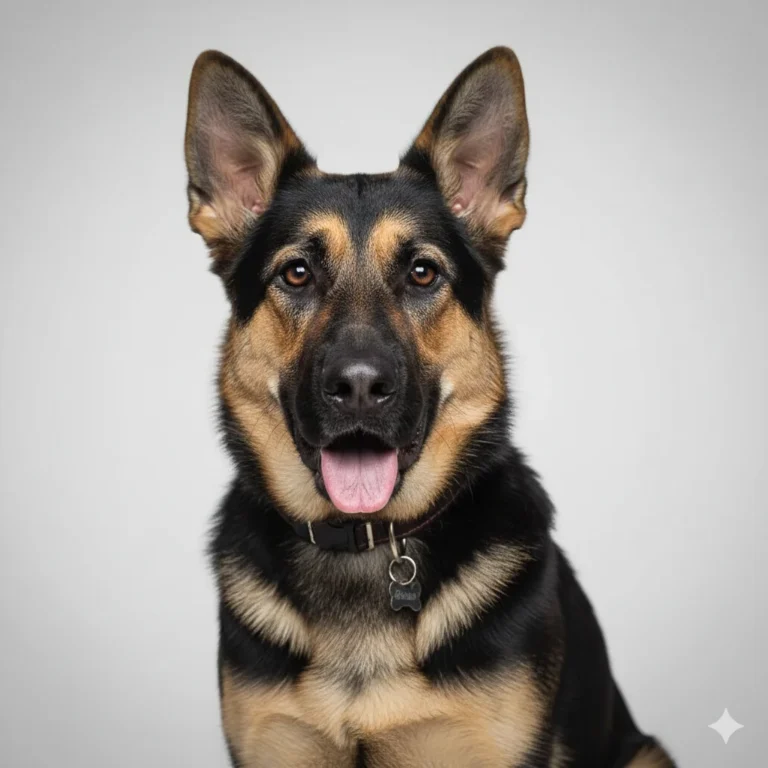
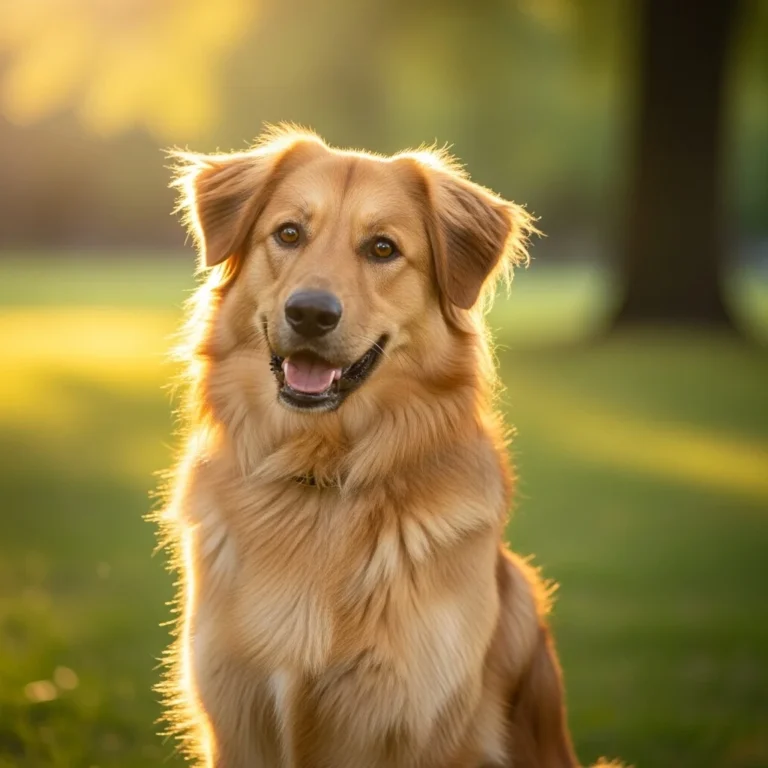
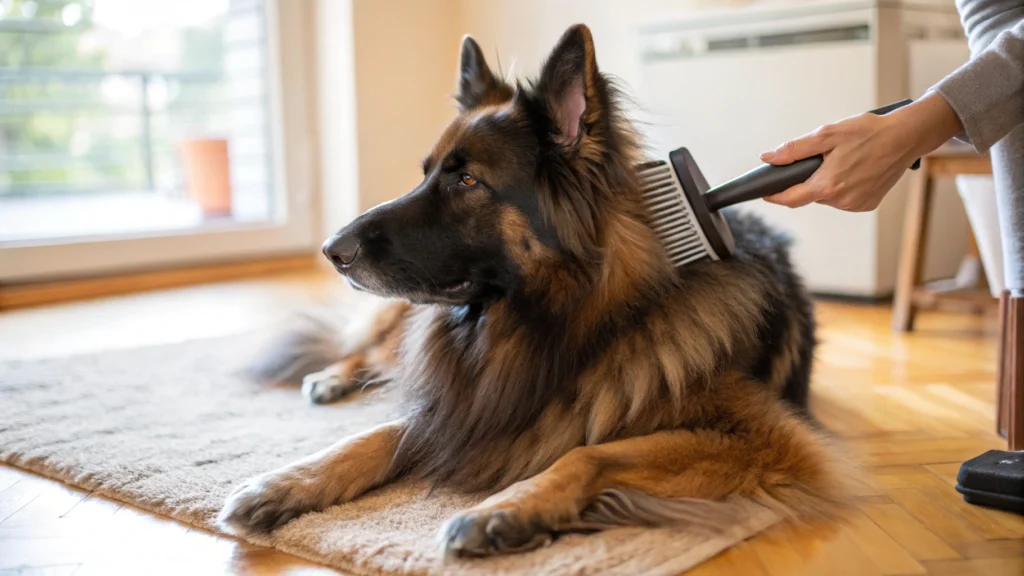
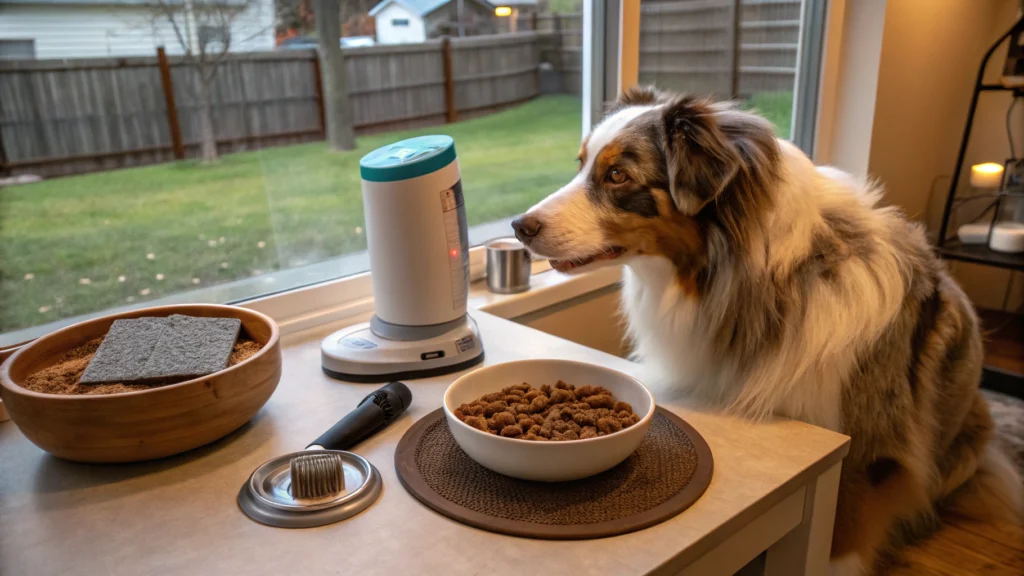
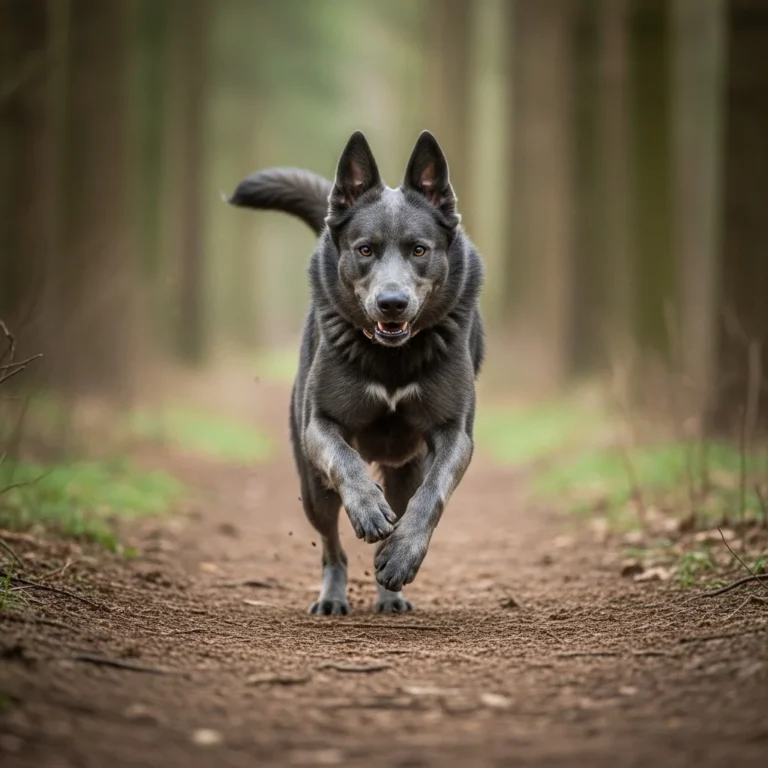
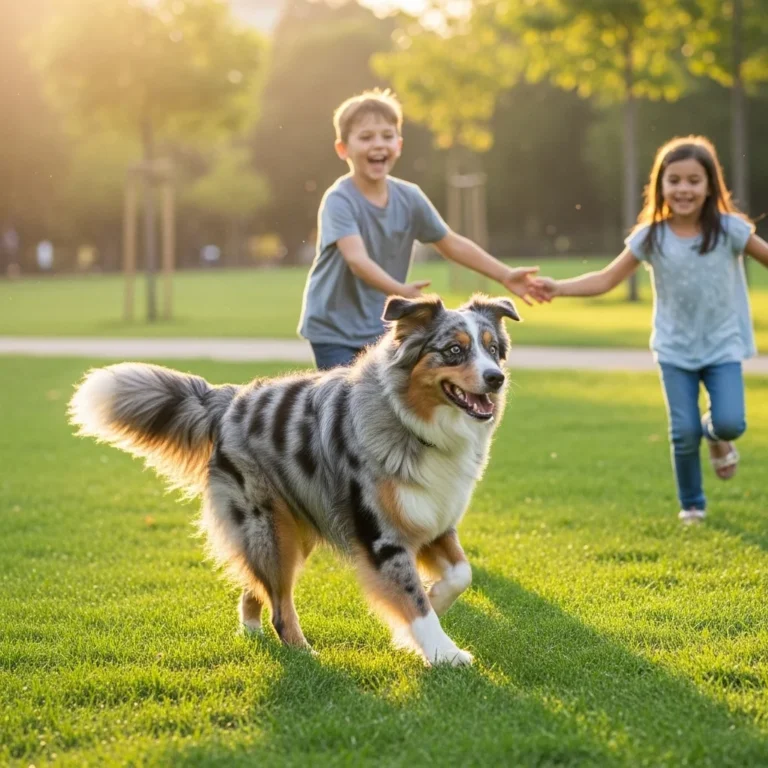
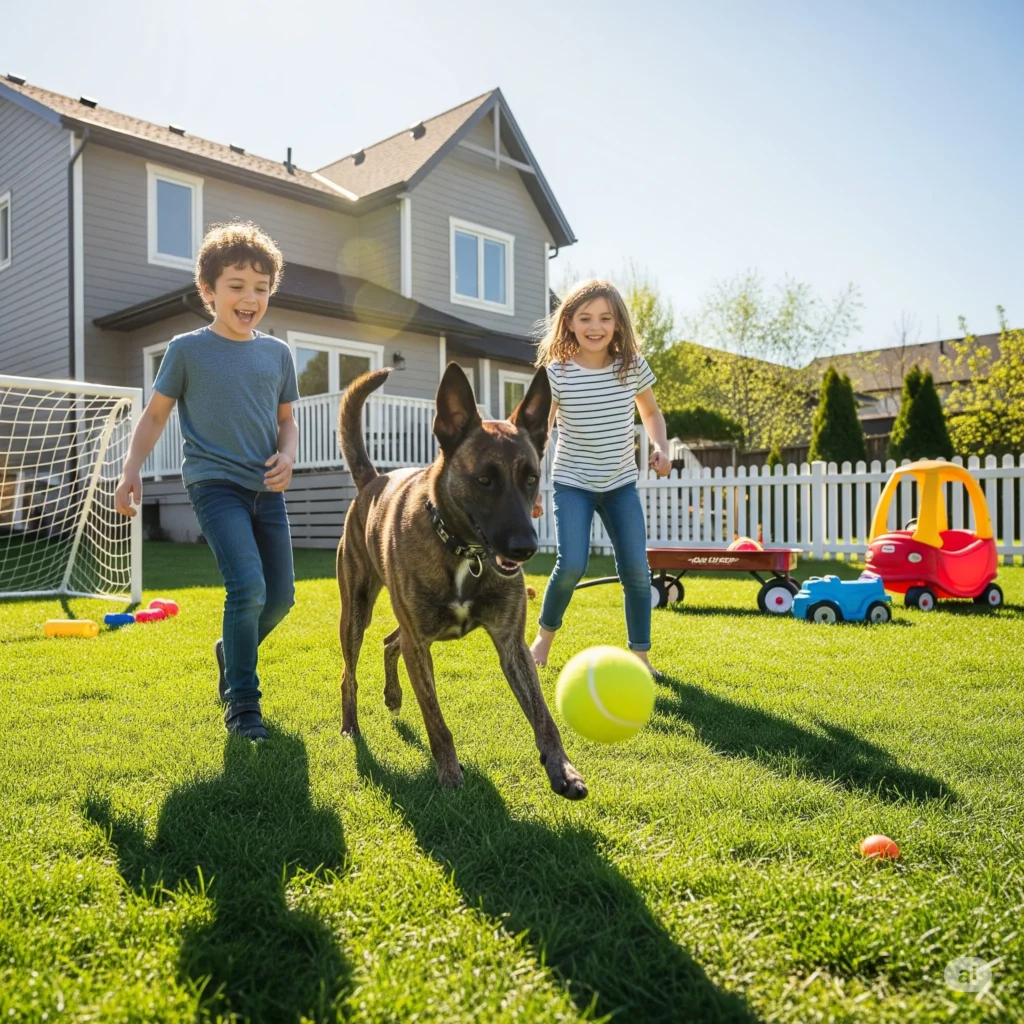
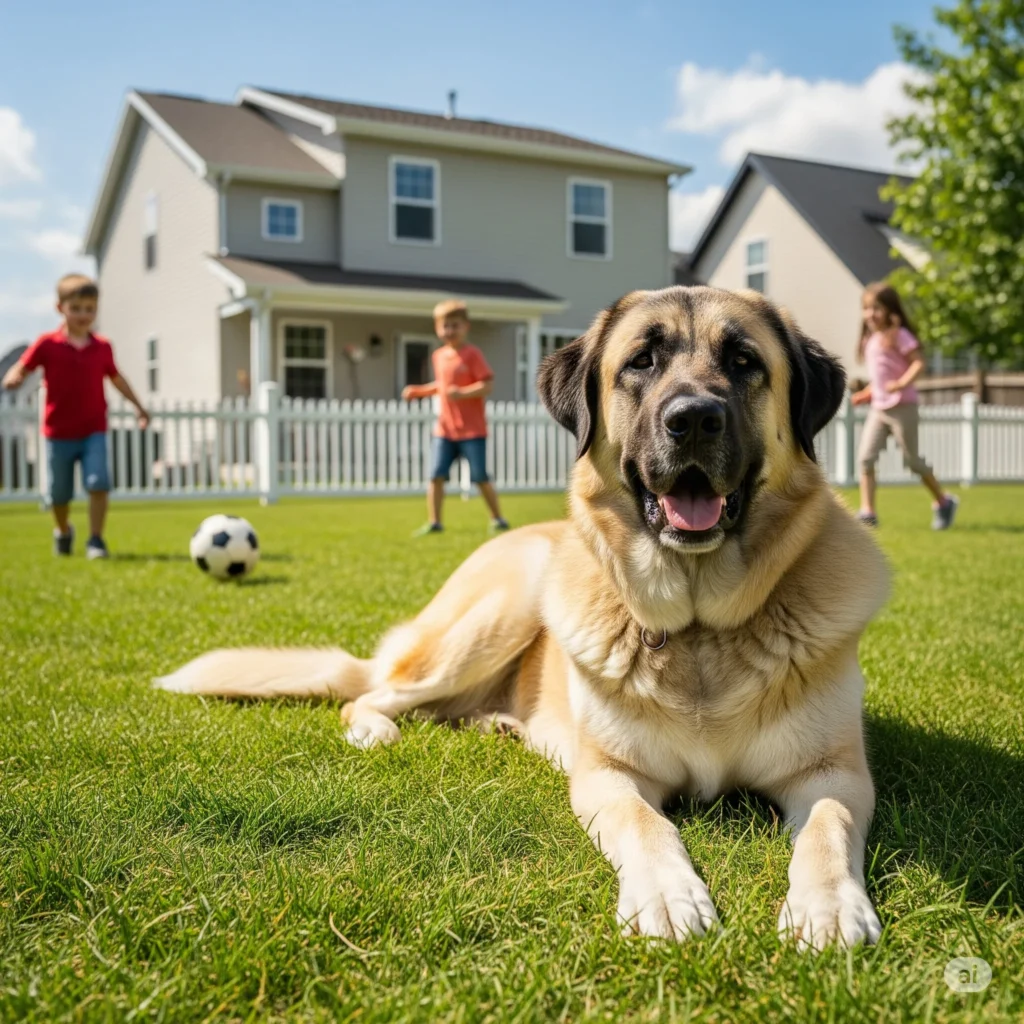
please leave comment
you may like it
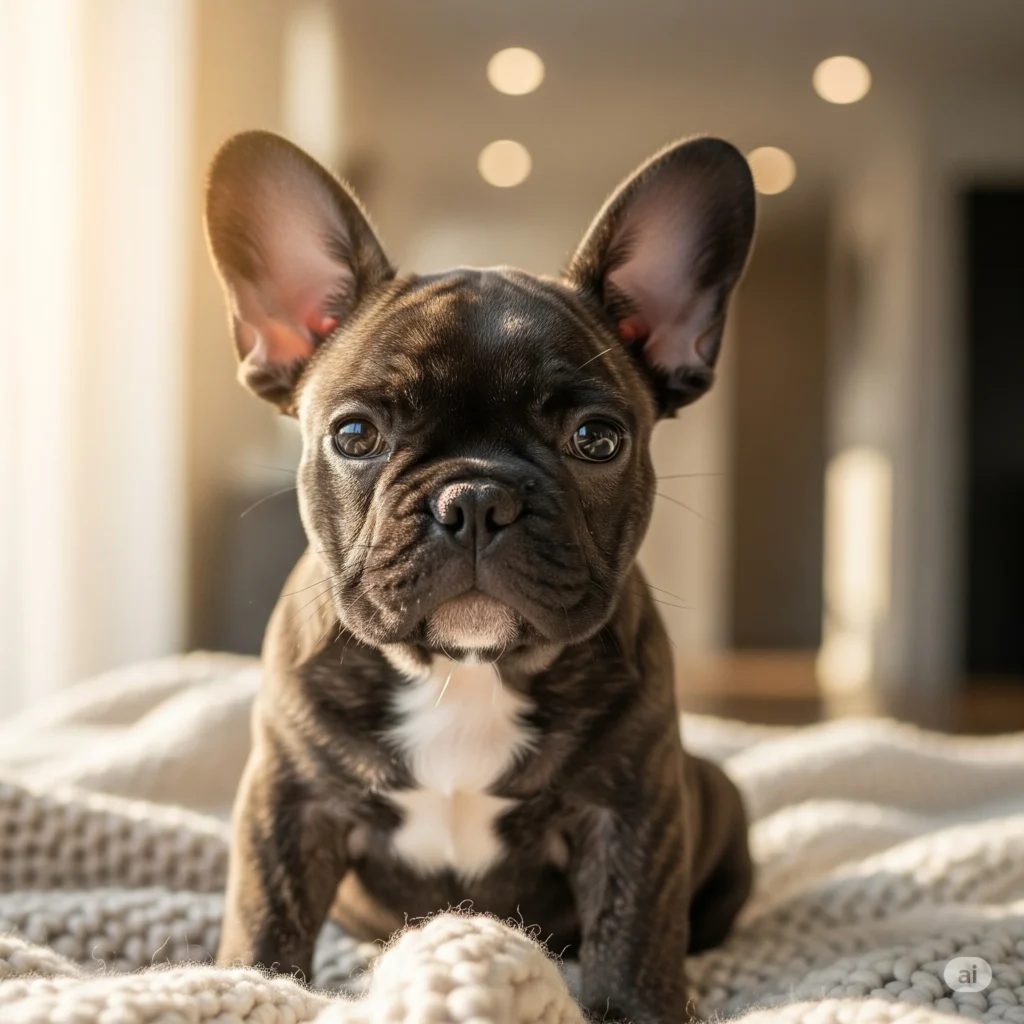



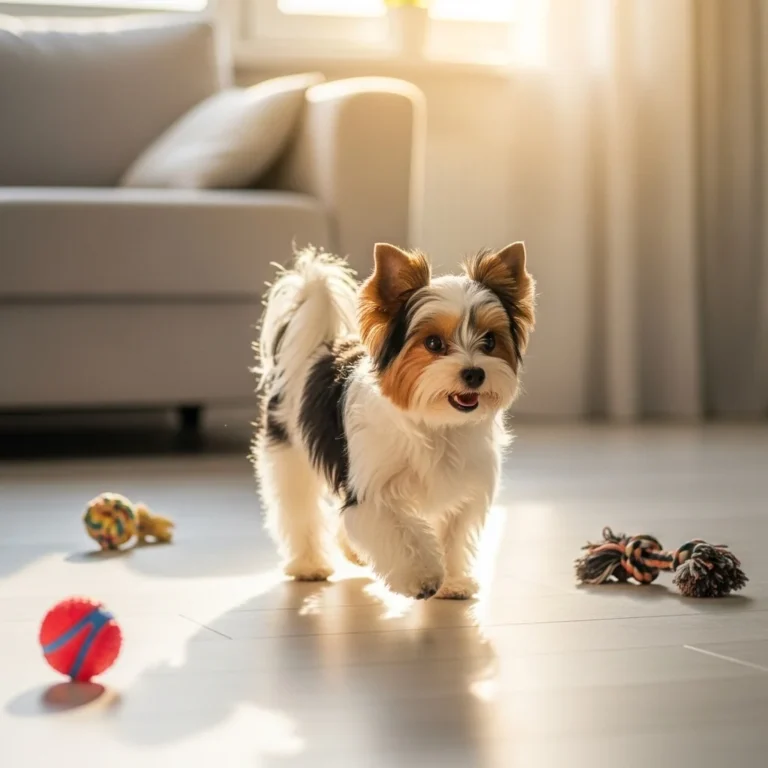
sources
- https://www.tearmannair.com/breed-info/sable/?
- https://gladiator-knine.com/german-shepherd-fur-color-guide/?
- https://www.germanshepherds.com/threads/color-and-genetics-sables.173455/?
- https://baiuland.it/genetic-colour-transmission-german-shepherd-dog/?
- https://workinggermanshepherddogs.com/?id=612&
- https://animalcorner.org/dog-breeds/sable-german-shepherd/?
- https://www.pamperedpup.pet/sable-dog-breeds/?
- https://www.akc.org/dog-breeds/german-shepherd-dog/?
- https://www.wustenbergerland.com/sable-german-shepherd/?
- https://www.vomgeliebtenhaus.com/colors-of-a-german-shepherd-dog?
- https://en.wikipedia.org/wiki/Horand_von_Grafrath?
- https://www.thekennelclub.org.uk/search/breeds-a-to-z/breeds/pastoral/german-shepherd-dog/?
- https://siriusdog.com/color-sable-genetics-breeding-shepherd-grau/?

